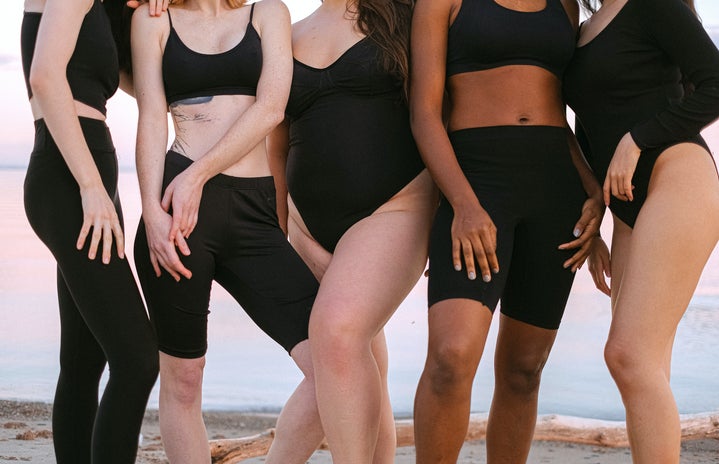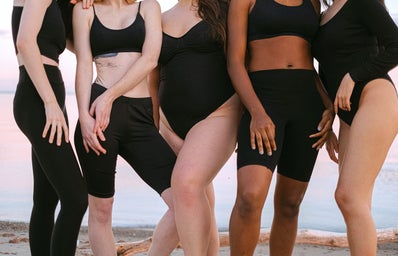The comment “Your butt is so big” was considered an insult in the 2000s. Now, it is considered a compliment, so much so that the American Society of Plastic Surgeons stated that buttock augmentation surgery had increased by 252 percent in 2015 since 2000. According to this picture below, Google searches for “how to get a big butt” have been increasing since 2004, with a noticeable spike in late 2010. Now, let’s contrast it with Google searches for “how to get a small butt,” and it is obvious that the trend has been decreasing. Plus, when you compare them, searches for getting a big butt are nearly double. This difference conveys how societal body standards have drastically shifted since the 2000s.

So how did we as a society do a full 180 on our body image preferences? For starters, we can point to significant 2000s pop culture figures such as Beyonce, Kim Kardashian, and Nicki Minaj. Following their rise to fame, everyone was suddenly Googling exercise routines to get a figure like them and commended them for revolutionizing body image standards.
But here’s the problem with the idea that “slim thick” girls progressed our societal body standards: it’s very misleading.
Typically, naturally curvy bodies tend to associate with Kibbie’s Soft Bodies Types (ex. Soft Natural, Soft Dramatic or Soft Gamine), which refers to body types that tend to be very “fleshy” and cannot showcase “hard muscle definition”. Basically, it’s much harder for these body types to have 6-pack-type abs. Instead, their stomachs are more voluptuous and fleshy. Furthermore, these body types tend to have very fleshy arms, a sharp contrast to society’s preference of extremely skinny arms. However, to fit these new societal standards, many curvy stars like Kim Kardashian and Beyonce can use plastic surgery to achieve a flat stomach. One common procedure is called liposuction, which removes fat from certain body parts.
Ultimately, our society tells us we can only be curvy if it’s on a very desirable body part, such as fuller hips, breasts, and butts. But if our stomachs have some sort of fat in it, we’re body shamed. We often see this double standard in women who have soft natural bodies such as Scarlett Johansson and Hillary Duff and were shamed for their “soft stomach” and cellulite. Johansson even confessed that nowadays, the pressure to stay thin in Hollywood is much worse than it used to be. Ultimately, that’s their natural body — it’s completely healthy and still beautiful for them not to have a rock-hard stomach.
In the end, if we idolize curvy figures, there shouldn’t be any exceptions.
(Note: I do not intend to shame Kim Kardashian or Beyonce for getting plastic surgery; I understand that the industry has intense pressures)



